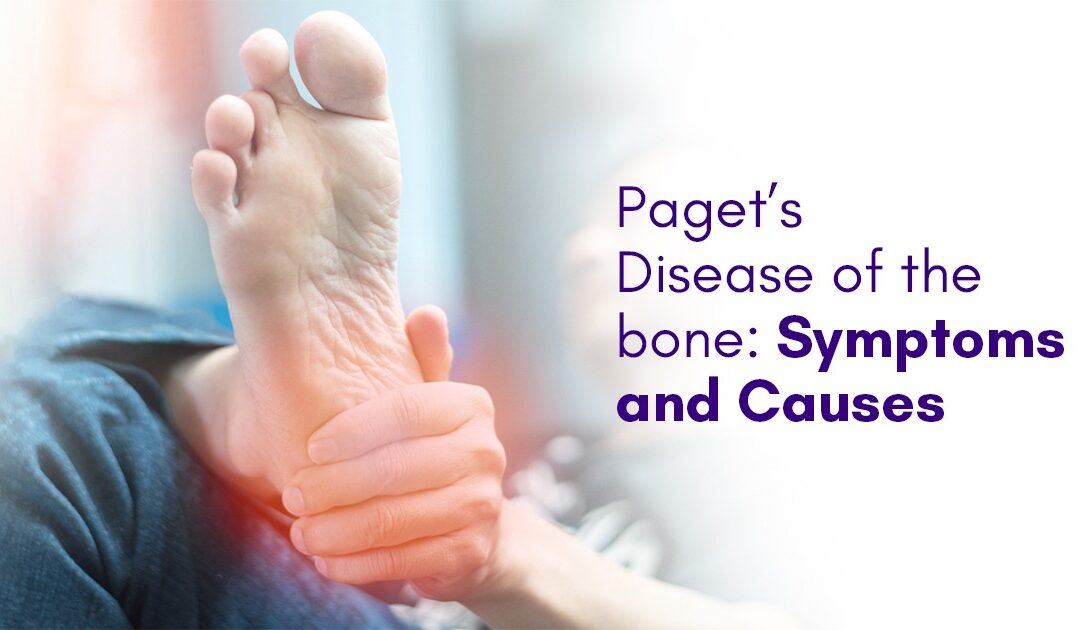Paget’s disease of the bone disrupts your body’s natural recycling mechanism, in which new bone tissue progressively replaces old bone tissue. Over time, bones can become brittle and deformed. Most typically affected areas include the pelvis, head, spine, and legs. The risk of Paget’s disease of the bone increases with age and family history. However, for reasons unclear to experts, the disease has grown less common in recent years and less severe when it does occur. Broken bones, hearing loss, and pinched nerves in the spine are all potential complications.
What are some Symptoms?
Most persons with Paget’s disease of the bone show no symptoms. When symptoms arise, the most common complaint is bone discomfort. Because this illness causes your body to make new bone at a higher rate than usual, the rapid remodelling results in bone that is less organised and weaker than normal bone, which can cause bone discomfort, deformity, and fracture. If you have any signs or symptoms, they will be specific to the area of your body that is affected.
- Pelvis: Hip discomfort can be caused by Paget’s disease, which affects the bones of the pelvis.
- Skull: Hearing loss and headaches can result from an overgrowth of bone in the skull.
- Spine: Nerve roots may become squeezed if your spine is compromised. This might cause discomfort, tingling, and numbness in the arm or leg.
- Leg: As the bones weaken, they may bend, leaving you bowlegged. Enlarged and deformed bones in your legs can increase stress on adjacent joints, potentially leading to osteoarthritis in your knee or hip.
Paget’s bone disease is caused by unknown factors. Scientists believe that a mix of environmental and genetic factors contributes to the condition. Several genes appear to be associated with the condition. Some experts believe Paget’s disease of the bone is caused by a viral infection in your bone cells, although this view is contentious.
Factors that raise your risk of Paget’s bone disease include:
- Age: People over the age of 50 are the most prone to develop the condition.
- Sex: Men are more frequently impacted than women.
- National origin: Paget’s disease of the bones is more common in England, Scotland, Central Europe, and Greece, as well as in countries settled by European immigrants. It’s rare in Scandinavia and Asia.
- Family history: If you have a family with Paget’s bone disease, you are more likely to develop the disorder.
Paget’s bone disease, while mysterious, is becoming less common and less severe. Although it can alter bone remodeling and cause pain or fractures, early detection and treatment are critical. If you are experiencing persistent bone pain, particularly in the pelvis, skull, spine, or legs, see a doctor. Working with your doctor to control Paget’s disease and preserve strong bones will help you live a healthier life.
